2017 was a record year for Saint Petersburg, with strong growth in arrivals and museum visitors. More than 7.2 million arrivals to the city were recorded with domestic and international ones split 50/50. Transport companies, major museums and other entities also registered record-breaking growth rates.
Travel statistics 2018 is here.
Subway Terror Act Missed Target

As the city’s tourism committee reported, in 2016, 6.9 million tourists visited St. Petersburg, while 2017 saw an increase of 4.3%, up to 7.2 million, half of them were foreigners. That’s the biggest number ever.
The fastest growing segments among international visitors are Americans (+28% to 2016) and Canadians (+20%), tourists flows from Europe, South Korea and Iran are also on the rise.
The committee’s chairman Andrey Mushkarev said that St. Petersburg outnumbered Moscow in number of weekend bookings during the low season, September and October, for the first time. “Tourists want to visit St. Petersburg for a weekend, not Moscow”, he said.
Interestingly, that the subway terror attack on 3 April 2017, widely covered in international media, didn’t affect the desire of tourists to come to the city. That can be explained by the adaptation of tourists to terrorism actions, which start to lose their initial scary effect due to their frequency.
At the same time, St. Petersburg authorities and transport companies are moving fast to make the city more comfortable for tourists, first of all, translating signs and transport facilities into Asian and European languages. In late 2017, for example, the interface of subway ticket selling machines was translated into five languages, including Chinese one.
River And Canal Boat Trips: Slight Decline

Here’s a little sensation: while all passenger traffic in rail, air and marine segments rose, excursions along the city’s rivers, one of the most popular entertainments, slightly fell. Eugene Zubarev, head of the Association of Passenger Vessels Owners, said that the ridership was just 1.57 million, which is 8.2% less than in 2016, when 1.7 million tourists were served. The reason is simple and banal: the bad weather. Though, we think it was not the only reason, of course. After all, the summer 2016 was the wettest on record!
Interestingly, that the number of approaches increased by 34% in comparison with 2016, totaling more than 20,000.
Pulkovo Airport Hits 16 Million Level
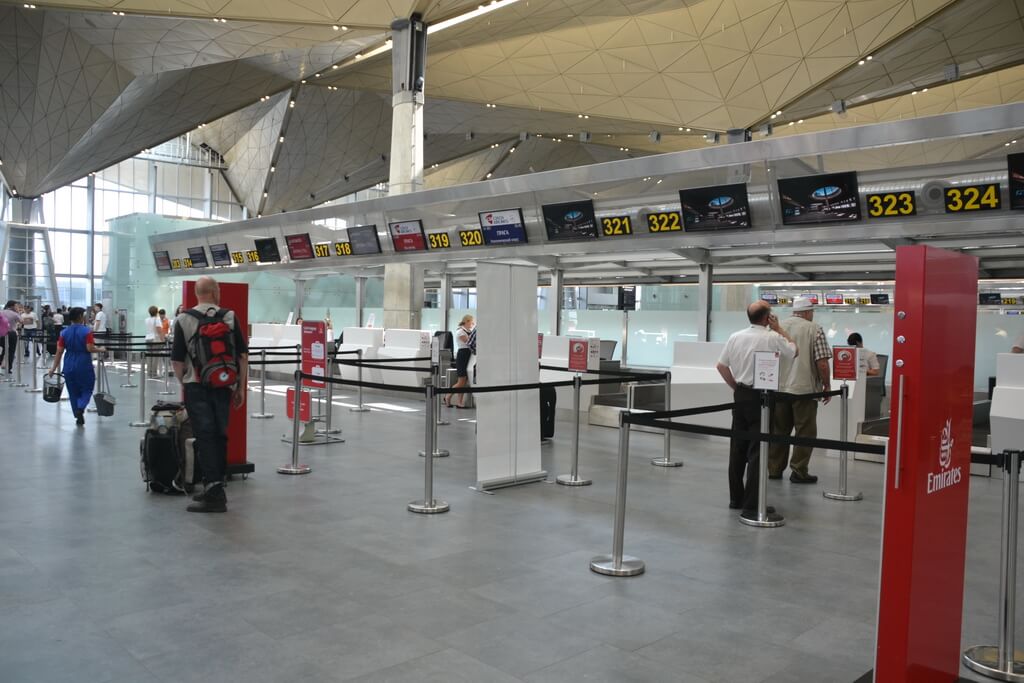
St. Petersburg Pulkovo airport seems to be skyrocketing to new historical highs. It served 16 million passengers against 14.3 million in 2016, which is an 11.8% increase.
No surprise here as the airport is working hard towards the enlargement of its flight network. In 2017, it launched several new destinations, including ones to Chengdu, Budapest, Kavala and Katania.
St. Petersburg Cruise Port Celebrates 23% Increase
St. Petersburg cruise port Marine Façade claimed record results which we have already covered. Record figures again: 560,000 passengers (+22.8% to 2016) with 247 cruise vessels served (up 23% to 2016). 13,000 passengers started and finished their trip in St. Petersburg.
Another record of the navigation 2017: 35 days saw the maximal use of the Marine façade’s berths. Transit capacity of the St. Petersburg terminal is 18,000 passengers.
For the first time, MSC Fantasia of MSC Cruises, 333 meters in length, arrived in St. Petersburg.
Leading companies by calls in 2017:
• Carnival Corporation – 43% of calls last year;
• Royal Caribbean & Celebrity Cruises – 16%;
• MSC – 11%;
• Norwegian Cruise Line Holdings – 7%.
Moby SPL: One More Good Year
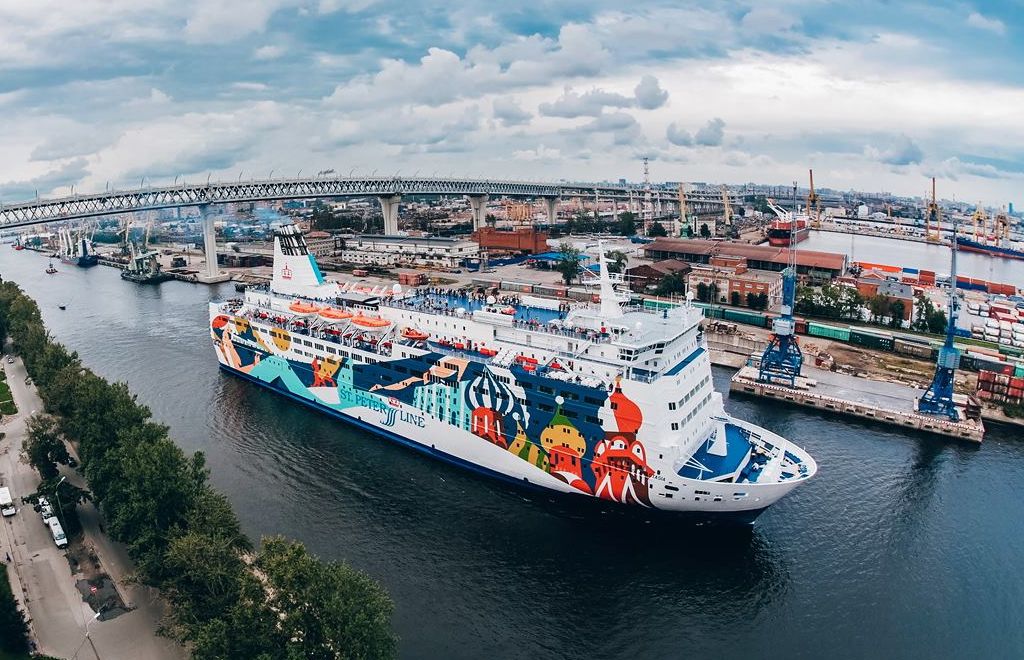
Ferry company Moby SPL (former St. Peter Line) hasn’t still revealed figures for 2017, but the year was successful for the operator.
At the start of the navigation, the company claimed it thinks that traffic for 2017 was forecasted at a level of 300,000 passengers. In early October, media reported that 250,000 travelers had been served, 180,000 of which traveled between St. Petersburg and Helsinki. So we think that Moby SPL has eventually reached its goal. Search traffic to our website also shows an increasing interest to the operator’s services.
Last year, the traffic was 560,000, according to Moby, but the company was operating two ferries (now only one left), so the two years cannot be compared.
In 2017, 50% of travelers were Russians, the company said, followed by Chinese, Germans, American and Finns.
Read our posts about the Moby’s schedule for 2018 and the company’s basic fares 2018.
Sapsan Train: 200 km/h To Records
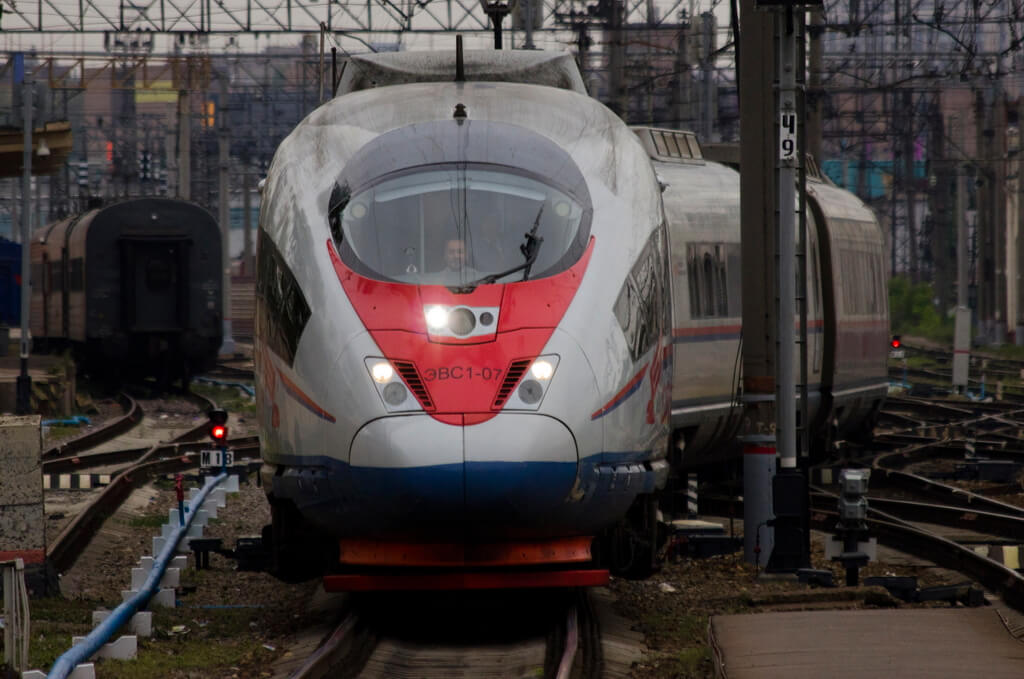
Sapsan train connects Moscow and St. Petersburg. There are more than 10 departures from early morning to the late evening in both directions. Throughout the year, two trains departed in one direction every two hours with a 10 minute interval between them.
Totally, 5.1 million passengers rode the Sapsan in 2017, a 6.1% increase to 2016. Since the start of Sapsan back in December 2009, 28 million travelers were served.
In 2017, the occupancy rate was nearly 100% on most flights.
Some factors contributed to the growth, including marketing attempts by Russian Railways. For example, a 50% discount for birthday celebrants and their friends was introduced.
Allegro Train: Finland’s Popularity Comes Back
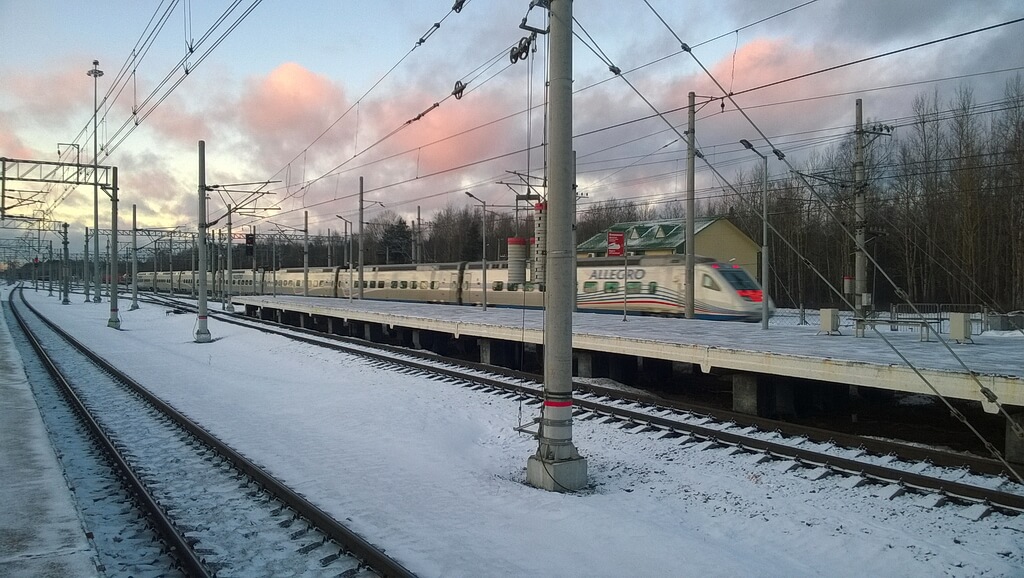
Allegro’s ridership in 2017 was 482,000 passengers, up 22% to 2016. Since the launch of the Allegro between St. Petersburg and Helsinki in 2010, the train served 2.78 million travelers.
A strong demand for trips to Finland returns after it had fallen in 2015 after sharp depreciation of the ruble against the euro and the dollar. The Finland’s Consulate in St. Petersburg issued 590,000 Finnish visas, 64% more than in 2016. Though, it’s still less than the results of 2012 and 2013, when 1.2 million visas were given.
The Allegro is the most expensive, but the most comfortable and fastest way to get from the centre of St. Petersburg to the center of the Finnish capital. Currently, there are four daily departures in both directions.
Hotels In St. Petersburg: +17%
Hotels in St. Petersburg predictably enjoyed with the tourist traffic growth, with +17% to 2016 in terms of number of bookings, a research by business travel agency Aeroclub revealed.
Average prices per night in hotels in St. Petersburg in 2017 (source: Aeroclub)
• 3★★★ 4500 rubles (+7%);
• 4★★★★ 6100 rubles (+0%);
• 5★★★★★ 13700 rubles (+18%).
For comparison: average price for stay in hotels across Russia in 2017 was 4 200 rubles.
The most expensive booking in St. Petersburg in 2017 cost 2.6 million rubles ($45,514). This sum was paid to the Astoria hotel for a four-night stay of a top-manager of an international energy company.
The biggest business travel categories included managers from FMCG, pharmacy, energy and retail sectors. Interestingly, that the retail sector showed a 56% increase in bookings, IT companies – 20%.
Currently, St. Petersburg has 1002 accommodation facilities, according to the city tourism committee, 580 of them are mini-hotels with 40% of these mini-hotels being hostels.
Museums: In Line With Common Trend
Maybe, you remember our post about people standing in very, very long queues for St. Petersburg museums during the very, very cold days in early January, 2017. By the way, the early January 2018 saw the same picture.
The Hermitage: More Than Four Million Visitors Were Welcomed
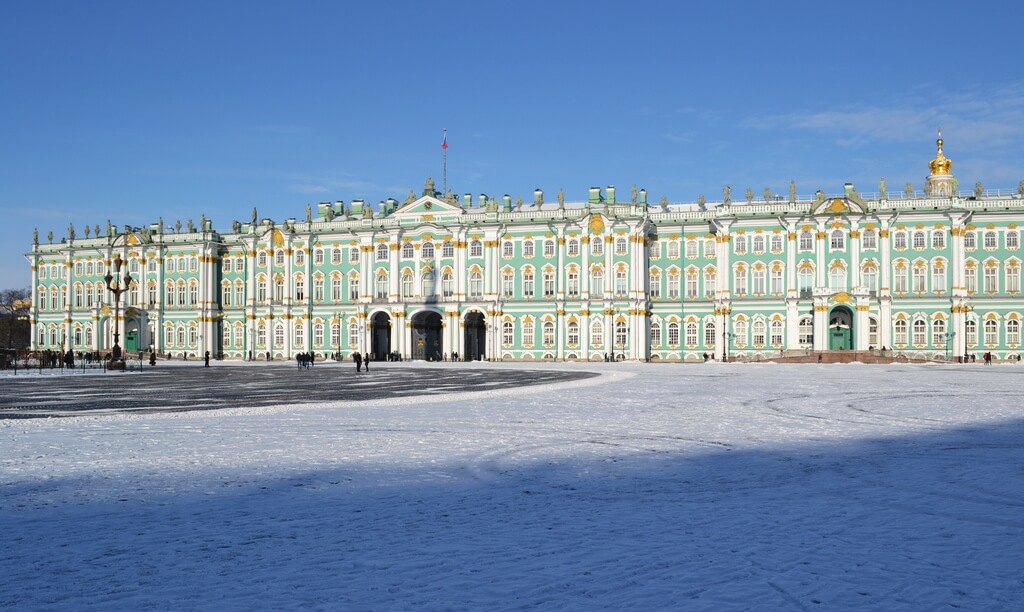
The State Hermitage Museum has not revealed accurate figures for 2017, but it’s somewhere about 4.1 – 4.2 million, according the museum’s director Mikhail Pyotrovsky. That’s a 5% rise to 2016.
The 2017 result is the level last time seen in the 1970s, which was a history record. Now, the Hermitage is close to its traffic limit, first of all, the Winter Palace and other buildings that compose a unique complex with it.
In 2017, Chinese were leaders in the number of international visits to the Hermitage (323,000) followed by Americans (223,000) and British tourists (93,500).
Peterhof: The Most Popular Museum In Russia
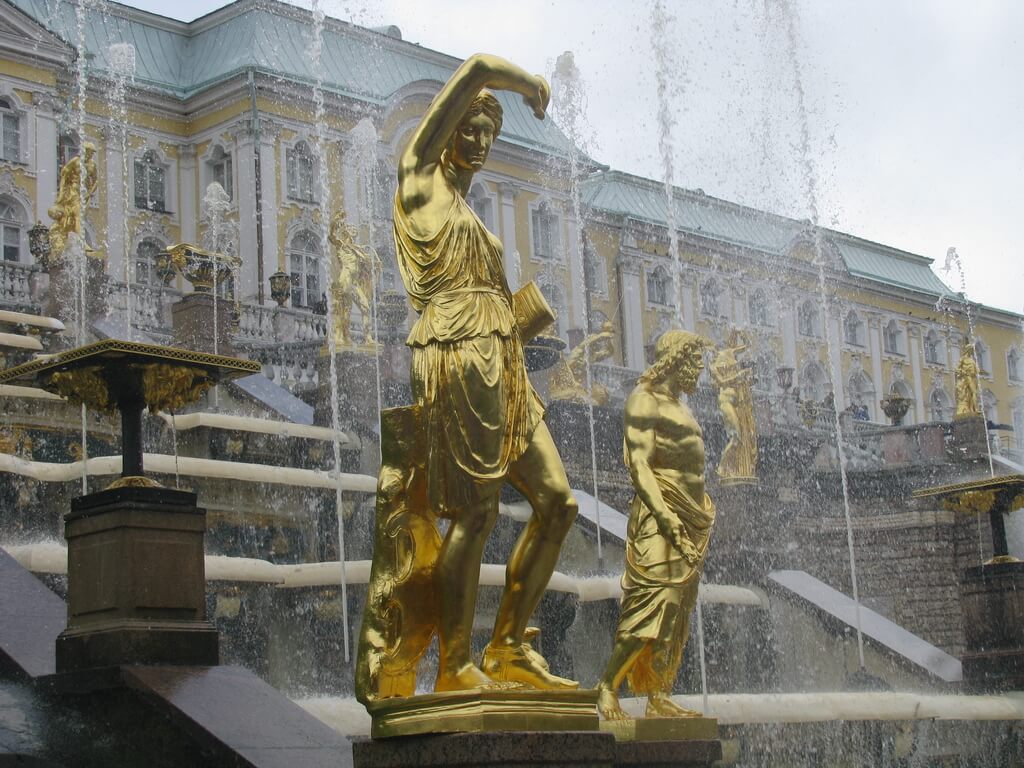
While the Hermitage seems to be the most known Russian museum in the world, the Peterhof museum complex is the most «inhabited».
5.3 million tourists visited the Peterhof’s Grand palace, The Lower Park and The Upper Garden in 2017, which is 3.7% more than in 2016 (5.3 million). One day in June, the figure was nearly 50,000. It’s also close to the limit or maybe even it is.
Tsarskoe Selo (Pushkin) Adds 200,000 Visitors

Tsarskoe selo with the Catherine palace, which contains the Amber room, and the picturesque Catherine park registered the same plus as the Hermitage and the Peterhof: 200,000 tourists to reach a level of 3.9 million (+5,4% to 2016).
That’s the maximal figure possible, any increase may cause putting the exhibits in risk, a representative of the Russia’s Ministry of Culture said upon the end of the high season.
The museum’s attendance has already exceeded its limit capacity. While the maximal figure that can be considered normal for the museum is 800 persons per hour, or 8400 per day, in fact, during some summers days it was 11,426 visitors.
The Isaac’s Cathedral: Under Threat Of Closure
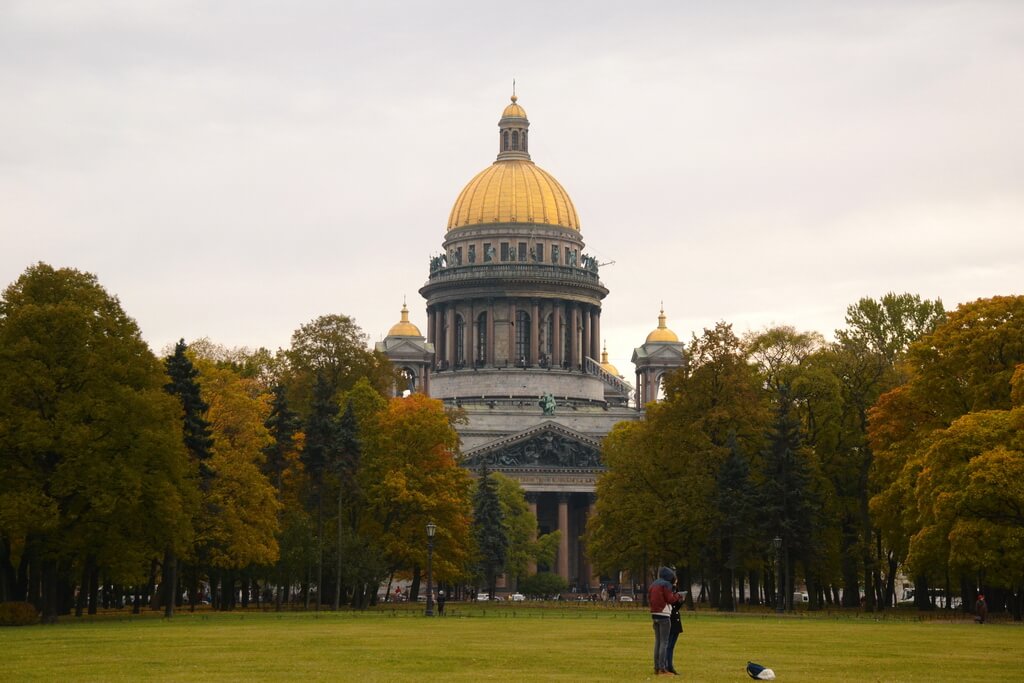
The Isaac’s Cathedral has not published its results, we think it’s somewhere near its usual level of 4 million. No any reasons to think it was much higher or much lower.
The museum is still in the center of a scandal. As we wrote, the Russian Orthodox Church wants the Cathedral under its governance and control, which caused outrage among St. Petersburg’s residents who took to the streets to rally against the move. Soon after the scandal had emerged, media reported that the move wasn’t approved in the Kremlin. After these reports, the situation was frozen without any further moves by the Church and the supporters of the transition, but without any clearance either. Travel guides are still organizing mini-protests every month fearing that the authorities are just waiting for an appropriate moment to realize their controversial idea.